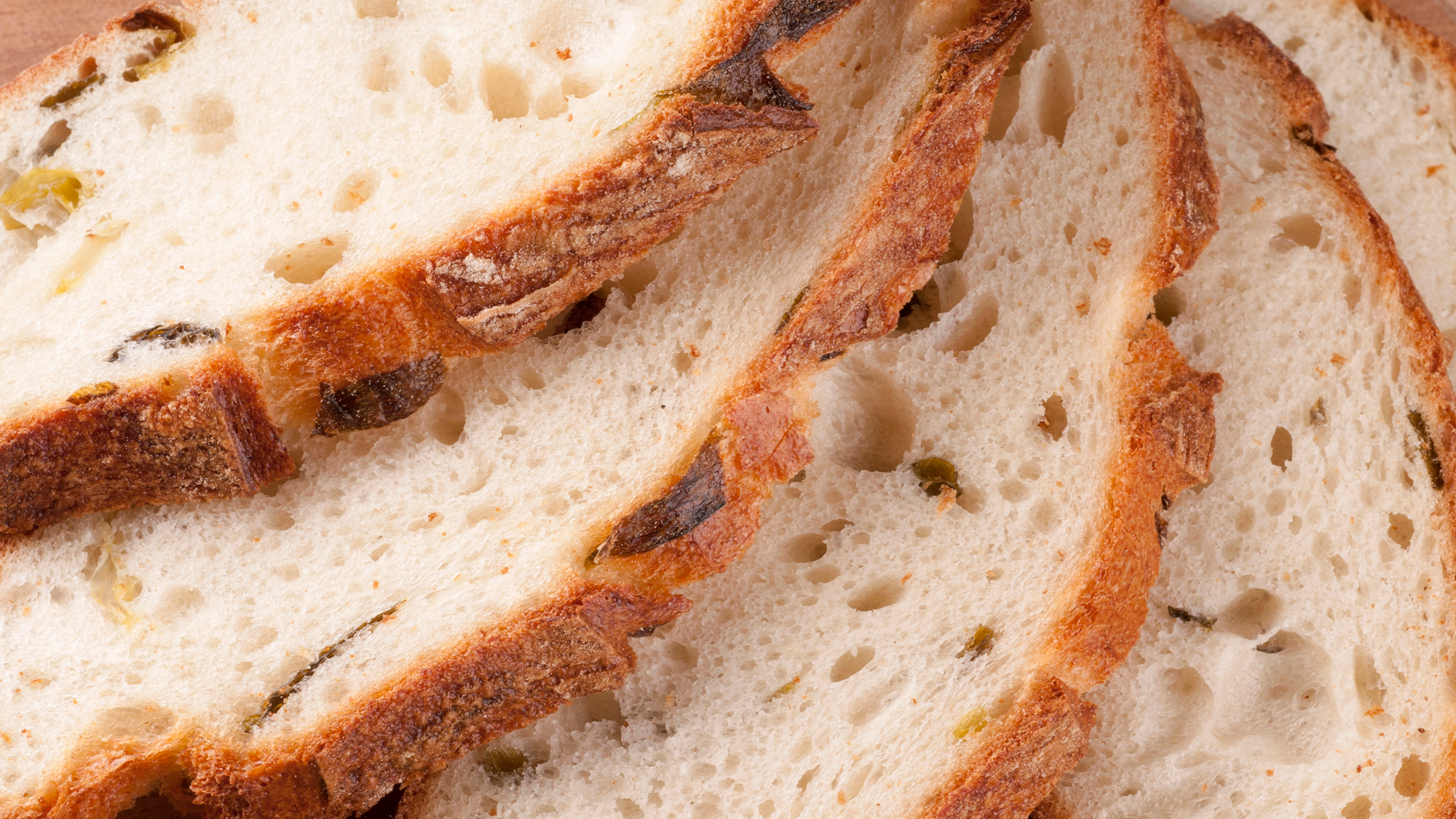

Our ancient DNA may have shaped our love for bread, pasta, rice, and other carbs. We have long known that our species carries multiple copies of the genes that allow us to begin breaking down complex carbohydrates in our mouths. This first step in metabolizing starchy foods has been well documented, but it has been harder to pinpoint how and when the number of the carb-processing genes expanded.
New research indicates that early duplications of the salivary amylase gene (AMY1) may have started more than 800,000 years ago, long before humans began to farm. These duplications opened the door for the wide genetic variations that still exist today and help us digest starchy foods. The findings are detailed in a study published October 17 in the advanced online issue of the journal Science.
All in the amylase
Amylase is a digestive enzyme that breaks down starch into glucose that the body can use for fuel. It’s produced in the pancreas and salivary glands and also gives bread its taste.
“The idea is that the more amylase genes you have, the more amylase you can produce and the more starch you can digest effectively,” study co-author and University of Buffalo evolutionary anthropologist Omer Gokcumen said in a statement.
[Related: How farming helped humans evolve to get more energy from carbs.]
In the study, Gokcumen used optical genome mapping and long-read sequencing to map the AMY1 gene region. Typically, short-read sequencing methods have difficulty accurately distinguishing between gene copies in this region because their sequences are nearly identical. Long-read sequencing allowed the team to look at the genes of present-day humans and see a clearer picture of how AMY1 duplications evolved over time.
They analyzed the genomes of 68 ancient humans, including one 45,000-year-old sample from Siberia. They saw that pre-agricultural hunter-gatherers already had an average of four to eight AMY1 copies per diploid cell. This suggests that early humans in Eurasia already had a wide variety of AMY1 copies long before they began to domesticate plants like wheat and increase starch intake.
The team also found that AMY1 gene duplications occurred in both Neanderthals and Denisovans.
“This suggests that the AMY1 gene may have first duplicated more than 800,000 years ago, well before humans split from Neanderthals and much further back than previously thought,” Kwondo Kim, a study co-author and computational biologist at The Jackson Laboratory for Genomic Medicine in Connecticut, said in a statement.
According to the team, these initial duplications in our genomes were what laid the foundation for major variations in the amylase region. It allowed our species to adapt to major dietary changes as starch consumption dramatically rose.
Kicking off genetic variation
This initial duplication of AMY1 was like the first domino to fall in a sequence that created a huge genetic opportunity that would go on to shape our species. As humans spread across warmer and cooler environments with different food sources, the flexibility in the number of AMY1 copies allowed them to adapt to new diets, particularly ones that were rich in starch.
“Following the initial duplication, leading to three AMY1 copies in a cell, the amylase locus became unstable and began creating new variations,” study co-author and University of Buffalo evolutionary geneticist Charikleia Karageorgiou said in a statement. “From three AMY1 copies, you can get all the way up to nine copies, or even go back to one copy per haploid cell.”

The study also shows how agriculture itself impacted AMY1 variation. Early hunter-gatherers had multiple gene copies, but early European farmers saw a surge in the average number of AMY1 copies over the past 4,000 years. This is likely due to their starch-rich diets. Earlier research showed that domesticated animals living alongside humans also have higher AMY1 copy numbers compared to animals that are not as reliant on starch-heavy diets.
“Individuals with higher AMY1 copy numbers were likely digesting starch more efficiently and having more offspring,” Gokcumen said. “Their lineages ultimately fared better over a long evolutionary timeframe than those with lower copy numbers, propagating the number of the AMY1 copies.”
[Related: Scientists build intricate Neolithic family tree from 7,000-year-old DNA.]
These findings also align with a study published in September that found that humans in Europe expanded their average number of AMY1 copies from four to seven over the last 12,000 years.
“Given the key role of AMY1 copy number variation in human evolution, this genetic variation presents an exciting opportunity to explore its impact on metabolic health and uncover the mechanisms involved in starch digestion and glucose metabolism,” study co-author Jackson Laboratory computational scientist Feyza Yilmaz said in a statement. “Future research could reveal its precise effects and timing selection, providing critical insights into genetics, nutrition, and health.”